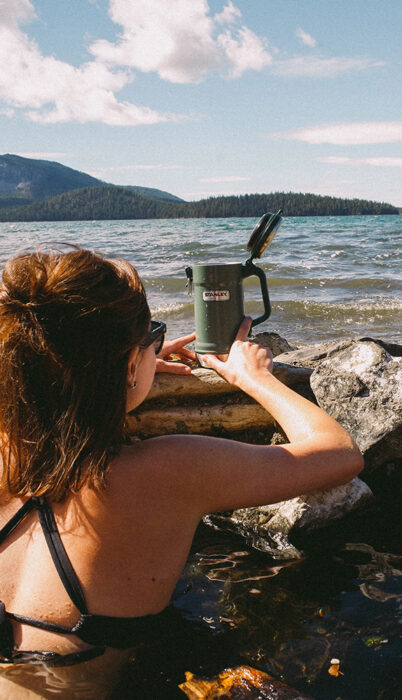
Paulina Lake Hot Springs
May 10, 2024
7 minute readThere you are: Bobbing down the Deschutes in a sun-warmed innertube, toes trailing through icy-cool mountain waters. You’ve got a Hydro Flask of lemonade tucked next to you, and maybe a few friends drifting close by. On everyone’s face? Big ol’ happy grins.
Sounds like a fantasy, but guess what? It’s easy to achieve, once you know how to float the river in Bend, Oregon. Read on to learn how!
Let’s talk floaties, since that’s the most important tool in your river floating arsenal.
In 26 years of floating the Deschutes, I’ve seen all kinds of floating devices. They range from colorful swans the size of my car to—I swear I’m not making this up—a dude riding his recycling bin downstream.
Amusing as that sounds, here’s why I don’t recommend either of those options. Pool floaties aren’t sturdy like the ones you rent from Tumalo Creek, and the recycling bin? Let’s just say the captain of that particular vessel didn’t look comfy.
Save Mother Nature from popped plastic and spare your backside the fallout of said popping. As an added bonus, $1 from each Tumalo Creek tube rental gets donated to the Upper Deschutes Watershed Council to help reduce the impact we have on our river.
If you’re determined to bring your own floatie, find a sturdy one with durable seams. Those cute inflatable donuts and pizza slices are fun for pools, but this is a river spiked with branches and sharp lava rocks.
With your floatie procured and your swimsuit cinched up tight, here’s what else you’ll need for an epic day of river floating in Bend:
Now that you’ve got the right gear, it’s time to prepare.
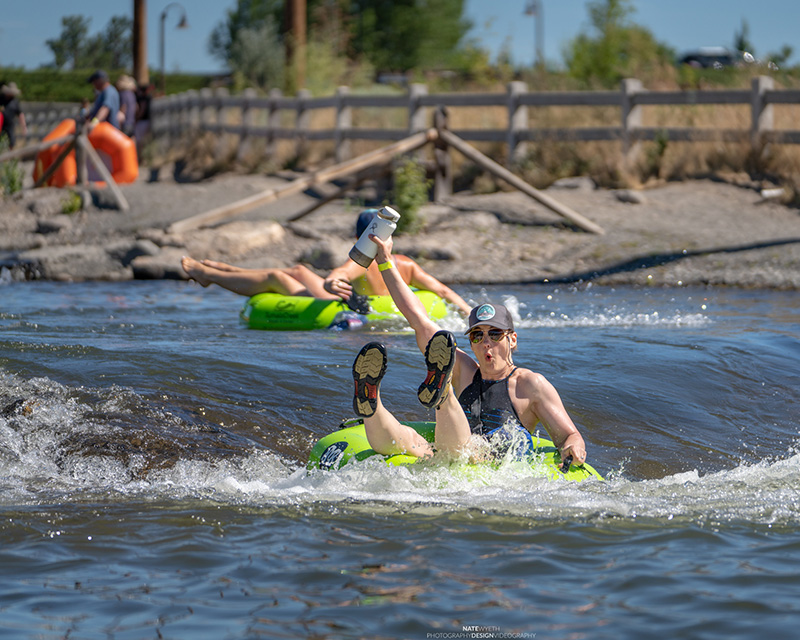
Once upon a time, floating the river was as simple as strolling to Riverbend Park on a Saturday, grabbing a rental tube, and hopping in the river.
It’s not quite as easy these days. More than a quarter-million humans float or paddle this section of river between Memorial Day and Labor Day, so planning ahead will ensure your river float runs smoothly.
First, book online to reserve one of Tumalo Creek’s sturdy floaties. Consider a brunch-time float or early evening reservation if you want to avoid the biggest crowds and parking hassles.
While you’re at it, book a spot on the Ride the River shuttle so you’re not stuck walking 1.7 miles from Drake Park back to Riverbend in a drippy bathing suit while awkwardly hugging a floatie.
The Ride the River shuttle starts and ends at Park & Float, beginning June 22, 2024 (weather permitting). A $6 round trip pass makes transportation easy for river users with shuttles departing every 15-20 minutes from 11 a.m. to 7 p.m. You can buy advanced tickets from Tumalo Creek online. You can also snag them from Cascades East Transit using the Umo Mobile app, or from the bus driver (no change provided).
On the day of your reservation, check-in at Park & Float for a wristband valid the entire day.
Oh, and in case you’re wondering what the heck Park & Float is, it’s across from The Pavilion on Simpson Ave. and Bradbury Way. That’s where you’ll find tube rentals and the pick up and drop off point for the Ride the River shuttle. That’s also where you’ll score free parking, so scope out the map here. From June 22 to September 2, Park & Float is open and renting tubes between 10 a.m. and 5 p.m. daily. You can return your tubes as late as 7 p.m.
While you can’t rent tubes or catch the shuttle at the Tumalo Creek kiosk in Riverbend Park, you can rent kayaks, SUPs, and life jackets. That cute little trailer is open 10 a.m. to 6 p.m. daily (weather permitting) May 25 to September 2.
I promise it’s not a silly question to ask how to float the river in Bend. There are lots of moving parts, but let me break it down for you.
If you’re pressed for time, you want to put in at Riverbend Park, float to the Colorado Avenue Bridge, hop out there, and walk half a mile on Shevlin Hixon Drive back to Riverbend. The whole trip takes roughly an hour, so you may be able to squeeze in more than one trip before walking back to your car at the Park & Float. This is what I do 90% of the time and it’s still fun year after year.
For another short-but-sweet option, consider putting in at the Colorado Ave. bridge and floating to Drake Park from there. This also takes about an hour, and you can walk back to your car at Colorado Avenue when you’re done.
These first two routes are the way to go if you don’t want to hassle with the shuttle or you’re short on time.
If you’ve got more hours to spare, get yourself a Ride the River shuttle pass and do the full float from Riverbend to Drake Park. You’ll be scooped up at the end-point and taken back to Park & Float. If that’s not in the cards, it’s kinda-sorta doable to cover the 1.7 miles from Drake to Riverbend on foot, but it can feel weird walking through busy neighborhoods clutching a floatie and strutting your stuff in a bikini (ask me how I know).
Just please, please don’t do the dual-car DIY shuttle where one person leaves a vehicle at Riverbend and one at Drake Park. Those limited park-side spots have a strictly-enforced time limit, and the Old Bend Neighborhoods require residential permits to park on the streets. Citations are expensive and strictly enforced, so don’t kill your happy float vibe with a pricey parking ticket.
Whether you opt for a shorter float or a longer one, there’s a decision to make on your river float journey, and I promise it’s not a tough one.
At the Colorado Ave. bridge, you’ll see the Bend Whitewater Park. It has three distinct channels including a habitat area for wildlife, a whitewater channel for surfing and whitewater kayaking, and a fish ladder meant for fishies and river floaters.
When you reach that point, hop off your floatie and walk along the portage trail to scan the series of 12 small rapids that make up the fish ladder. They’re a bit bumpy and could wreck your ride (not to mention your backside) if you’re not on a sturdy floatie. SUPers and anyone in a flatwater boat definitely won’t want to chance it.
If you decide to ride the fish ladder, do your best to keep your feet downstream and your inflatable in the center of the channel. Try to keep space between you and other users navigating the rapids. Do not attempt to stand or get off your tube in this section of swift water.
If you have small children or would rather walk around, just stroll along the portage trail to the put-in point at McKay Park, where you’ll continue floating into Drake Park. You can also call it quits here and walk the half-mile along Shevlin Hixon to get back to Riverbend Park, or stroll a block up the hill to return to Park & Float.
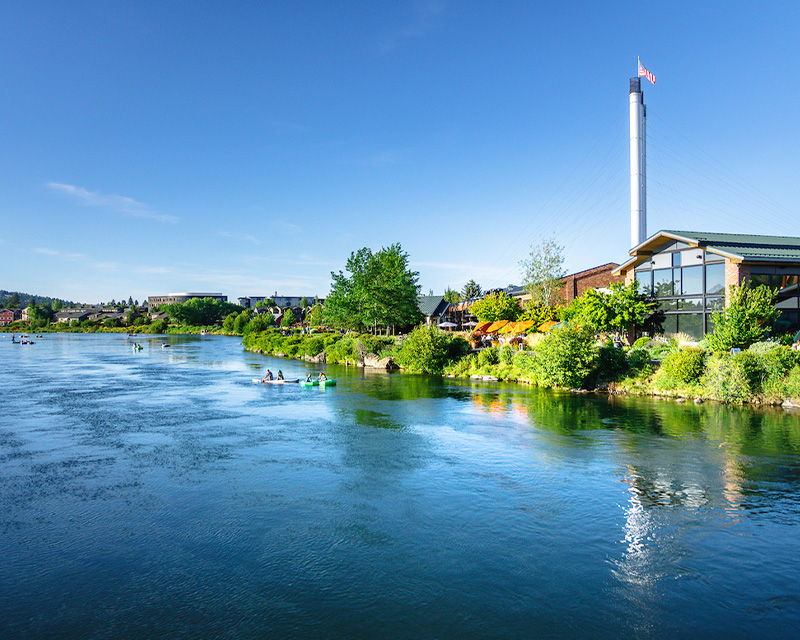
In more than a quarter-century of living in Bend, I’ve never missed a summer of river floating. Here are some of the best tidbits I can offer to help make the most of your Deschutes river float day:
Now that you know what you’re doing, get ready to float the river like a champ this summer. See you out there on the water!

May 10, 2024
7 minute read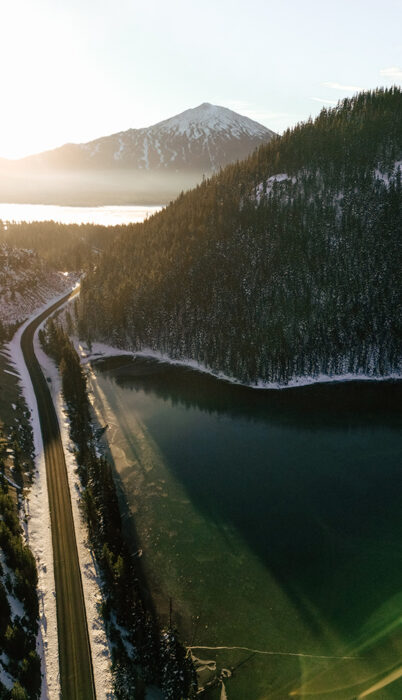
March 26, 2024
9 minute read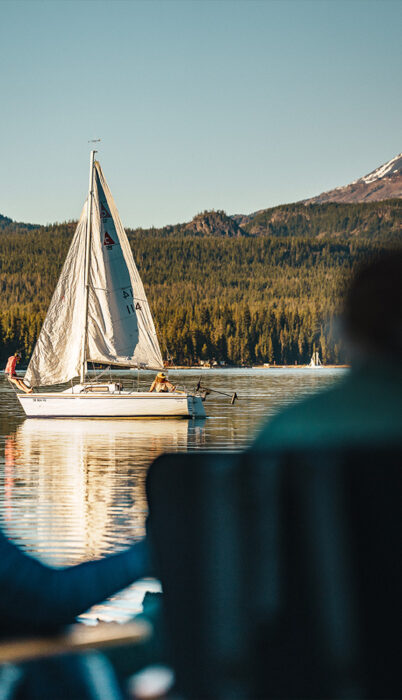
November 7, 2023
8 minute read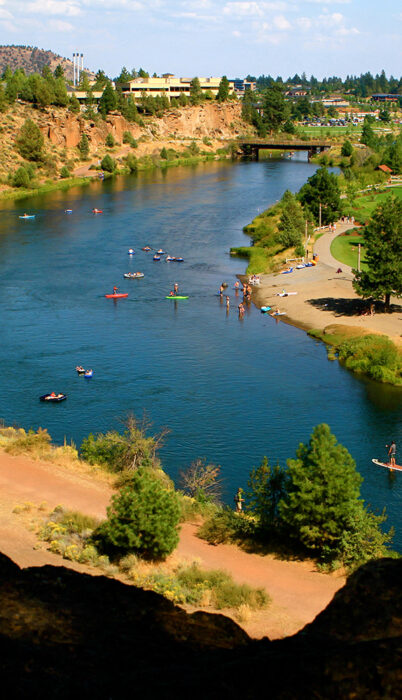
October 27, 2023
9 minute read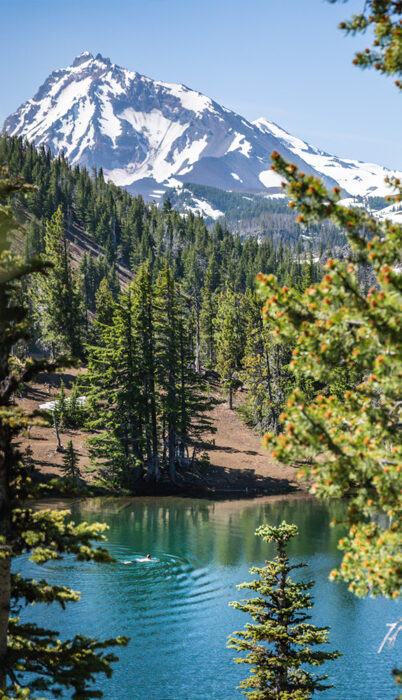
October 25, 2023
6 minute read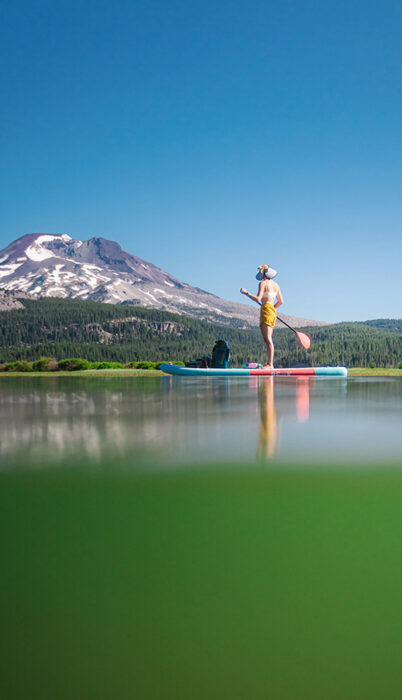
October 19, 2023
6 minute read